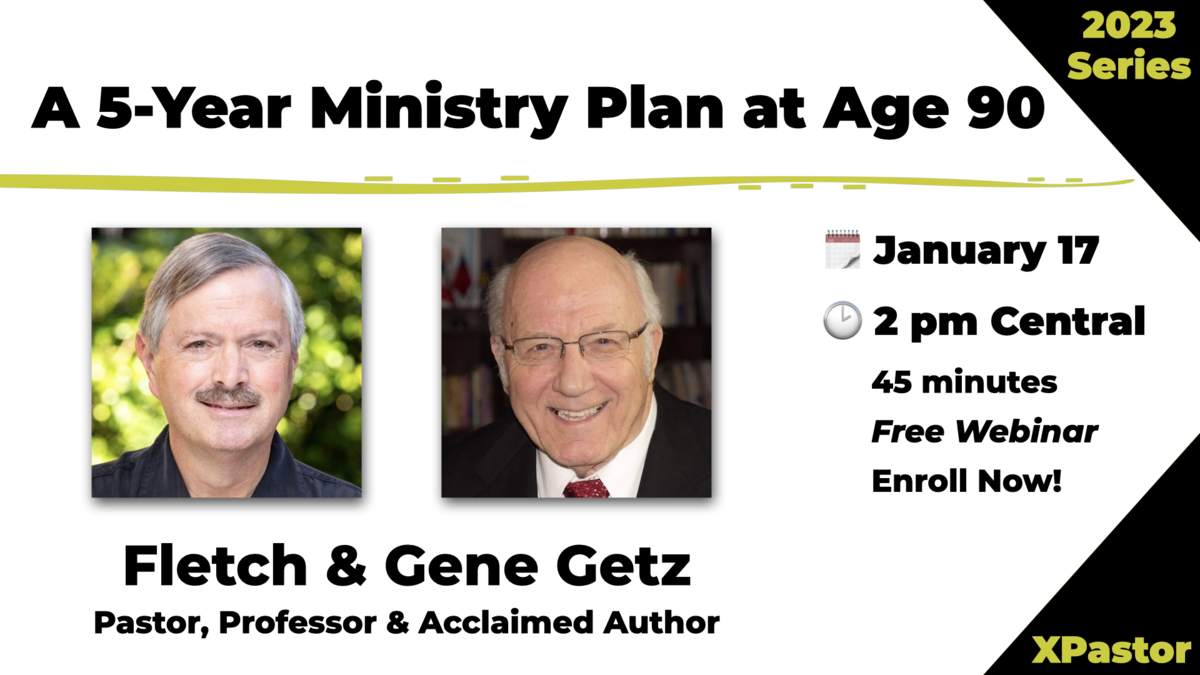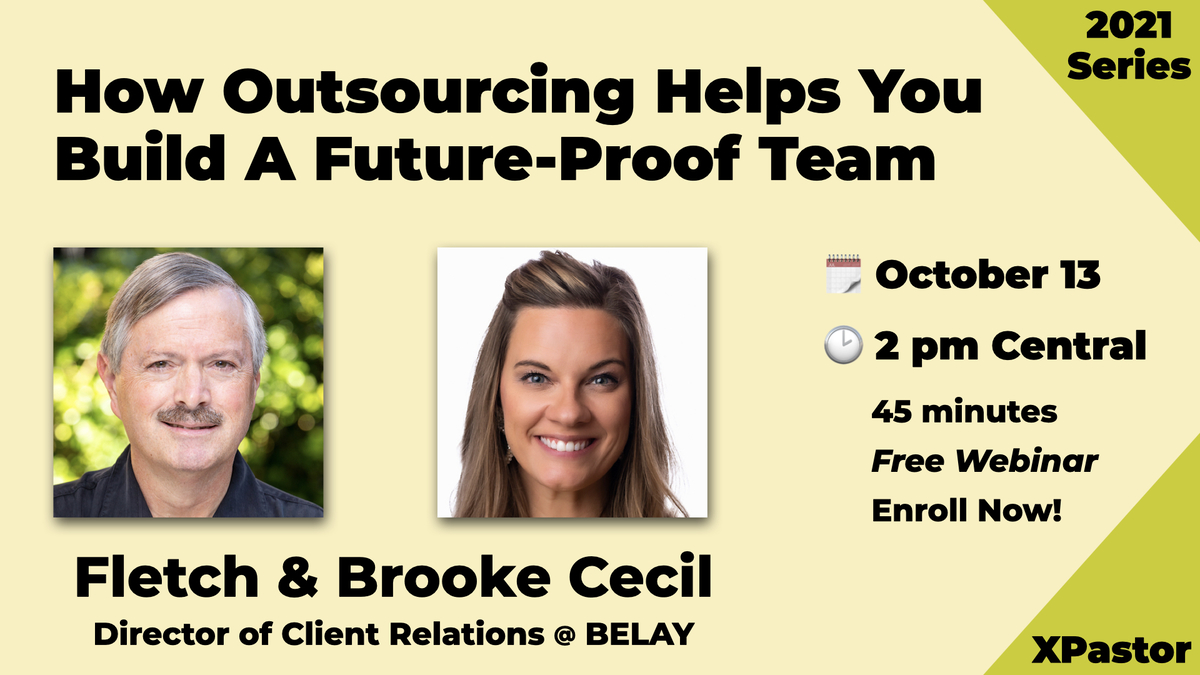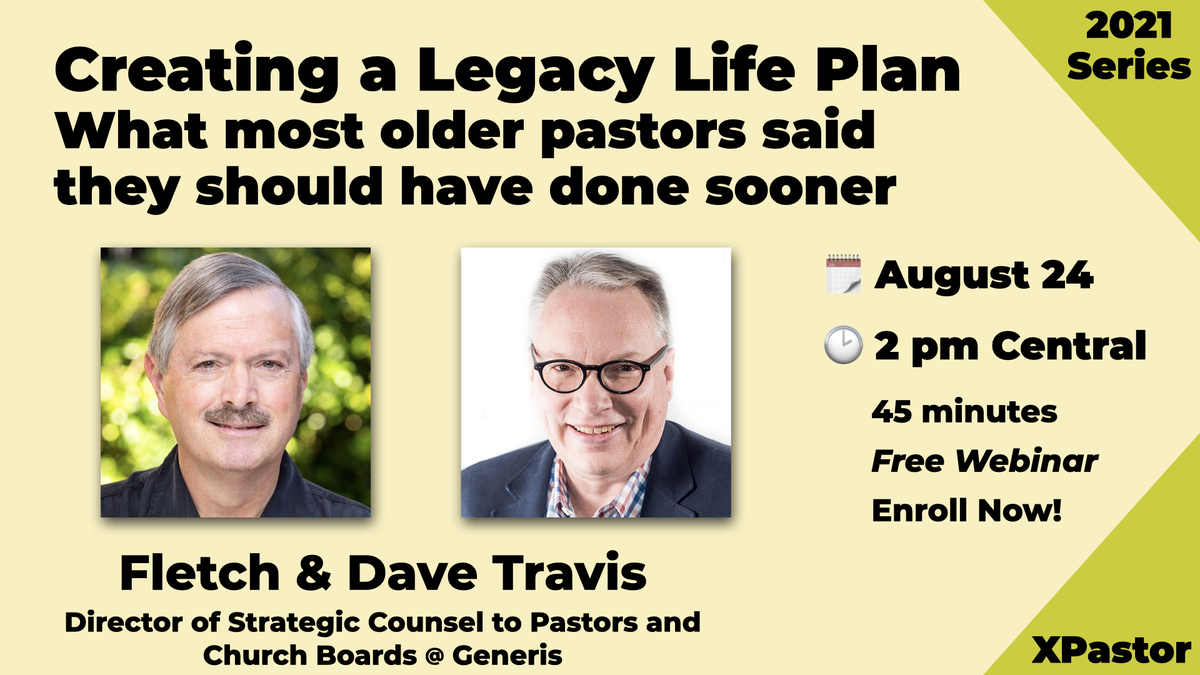While circulating in our church atrium, greeting people as they strolled in for Sunday worship, a woman came up to me and timidly asked, “Do you remember me?” I had to apologize for not recognizing her. I said, “I’m sorry. I don’t recall us meeting, but my memory has trouble keeping up with all the new folks coming to our church. Please refresh my memory.” I wondered why she seemed timid. And I really wanted to hear her story.
So many new people were coming to the church and most of them shared incredible stories of how God was changing their lives. The gospel was unleashed and the church was on mission. It was not always this way. But the church had been resuscitated and was once again incredibly vibrant. I had a unique vantage point in the history of this church. It was such an honor to see the powerful outcome of strategic realignment.
This church has a rich history dating back to its founding in the 1920’s as Temple Baptist Church, located in Detroit, Michigan. It grew from a few hundred in attendance until it reached its zenith in the 1950’s, with attendance averaging 5,000. In his book, The Ten Largest Sunday Schools and What Makes Them Grow, author Elmer Towns said of Temple Baptist Church, “In 1955, the Christmas issue of Life magazine ran a two-page photograph of the congregation, stating it was one of the largest Sunday Schools in the world.” The adult Sunday School strategy was very innovative and effective during that era of the church’s history.
Thereafter, however, the church began a slow decline in attendance. Observations about the source of the decline focused on the rising crime in the surrounding neighborhood in Detroit and the migration of the congregation west to the suburbs. In 1968, the church took the dramatic step to relocate seven miles west from Detroit to the suburb of Redford. The newly built 178,000 square foot facility, with 4,500-seat auditorium, provided large classrooms for adult Sunday Schools. While the church changed location and facilities, the ministry strategy remained unchanged: adult Sunday School. The church continued a gradual decline until it reached a low average attendance of 1,200 in the early 1990’s.
I was invited onto the church staff in 1985. The senior pastor, Truman Dollar, unexpectedly departed in 1988. The church entered a period of introspection regarding the sources of its multi-decade downward trend and concomitant growth in the congregation’s average age. Most congregants told stories of life-change that occurred decades prior. Similar contemporary stories were infrequent. In 1990, a growing sense of crisis and urgency helped the church select a new senior pastor.
Under the leadership of the new senior pastor, Brad Powell, the church began a multi-year process of finding its voice and articulating its vision, values and ministry strategy. In the ensuing years, many ministries and programs were transformed: the adult Sunday School transitioned to a small group strategy; the traditional worship format transitioned to a seeker-sensitive, contemporary worship format; professional pastoral care transitioned to volunteer-led recovery groups; and heavy programming transitioned to a pathway of personal spiritual growth. The word “transitioned” seems far too gentle a word to summarize the many struggles and challenges over this significant era of strategic realignment. For example, during this era, the church changed its name to NorthRidge Church. Life-long, committed Baptists expressed significant discomfort with that “transition.”
By the late 1990’s, the church reversed its downward attendance trend and began to grow. By 2001, average church attendance had grown to 4,500. Now most of the conversations resonating through the church focused on recent life-change stories. After decades of stagnation and decline, our church was now spiritually alive and back on a sustainable growth path. This historic transformation involved many elements, including mission clarity, strategic process, and ministry alignment.
Mission Clarity
In the early 1990’s, the new senior pastor, Brad Powell, led the church into many discussions about the purpose, vision and mission of the church. His first sermon series subtitled, “Can a has-been, be again?” addressed the proverbial elephant in the room. He focused the discussion on the risks of ignoring the symptoms, the relevance of the gospel, the primacy of biblical truth and our responsibility to pursue effective methods to reach our culture for Jesus once again. His sermons consistently employed optimistic and motivational imagery. It was a considerable shift from the long-standing tradition of sermons ensconced in old English, religiously technical terminology. This created a very public, leading-edge demonstration of relevant packaging for conveying the timeless truths of the Bible.
In the early 1990’s, the new senior pastor also led internal discussions among the staff and lay leadership. He took staff to various church growth conferences, such as Willow Creek Leadership Summit, Saddleback Church’s Purpose Driven Church Conference, and the John Maxwell Leadership Conference. This was a significant break from the past tradition to only attend preacher conferences of like-minded Baptist Bible Fellowship churches.
Our pastoral staff was able to see churches where the gospel of Jesus was clearly impacting people. We excitedly gathered as a team following these conferences and began processing all that we had seen and learned. We clearly heard the same message at each of these model church conferences: “Don’t go home and merely copy what we’ve done. Assess your local church’s strengths and personality. Clarify your own mission, values and strategy.” So we began grappling with these topics as a staff.
Having seen the potential of these model churches, we wanted to achieve the outcome of a clear vision quickly. We had no idea how much time and effort it would involve but devoted ourselves to this arduous pursuit. Looking back over this period of vision clarification, I have learned that this intense and extended dialogue—that is, the clarification process, is the necessary element required to produce a shared and impactful outcome.
We purposefully engaged many elder statesmen of the church as our staff mission clarification process developed. A clarion moment occurred when a highly respected adult Sunday School lay leader shared his perspectives with the church on video. He was bigger than life as the huge video screens conveyed his wisdom as he declared, “Through the ages, we have seen that every generation must find its own voice to reach the next generation for Christ. The previous generation has accomplished that mandate. Now we must allow the next generation to find their voice.” This was a seminal moment that helped those who loved the old ways find their new purpose in empowering “those young people” to use new methods to proclaim the unchanging gospel of Jesus.
A theme began to emerge during this era: “A great heritage, a great future.” This became a call to action for those who had experienced the “good ol’ days,” when the church had been vibrantly growing, to celebrate that past while embracing the reality that innovative, new methods were required to make an impact on future generations.
The mission was clarified as “leading people to a life of faith in Jesus Christ and on the journey to full devotion, one life at a time.” Along the way, the team also articulated five key value statements that conveyed the uniqueness of this local church. Over time, the mission and values were articulated creatively and repeatedly in concentric circles emanating from the inner most leadership circles outward to the congregation. It became woven into the culture of the church. The previous sense of a downward spiral was gradually overtaken by a growing excitement and anticipation about the future.
Strategic Process
Concurrently, the ongoing pursuit to clarify mission revealed that the church had become overly program-focused during the decades of decline. I recall the staff meeting where we asked ourselves: “What if someone comes up to us and says, ‘I just attended the worship service and gave my life to Christ. I’m so excited to become a fully devoted follower of Christ. What steps do you recommend for me?’” We were stumped. Sadly, this line of questions rarely came up. But our hypothetical answers rang embarrassingly hollow: “Attend Sunday morning worship, adult Sunday School, Wednesday evening prayer meeting, Sunday night service, and Thursday evening visitation.” This helped us realize we did not have a strategic process for spiritual growth. We did not have a pathway to guide new believers toward the intended outcome: a fully devoted follower of Christ. There was much more work to be done.
Another challenging question the staff embraced was, “What does a fully devoted follower of Christ look like at our church?” This helped us visualize our intended outcome or the product we desired our spiritual factory to produce. We came to articulate the strategy as a journey with key milestones. We debated the various milestone possibilities. Imagine a group of verbose pastoral staff adding more and more milestones with each successive round of discussion. It required significant effort to simplify this list of milestones down to only seven. In the years that followed, this initial list of seven milestones was refined down to a much more memorable five milestones.
We now had a working prototype of our ministry strategy, using the metaphor of spiritual journey milestones to achieve the mission. This prototype was shared in the same concentric circles, emanating from inner circle leaders out to the entire congregation. It took time to allow healthy discussion among the various circles of influence. This provided an opportunity to gain feedback from stakeholders and provided forums for influencers to be heard. This is vital to achieve shared ownership of the emerging mission, values and strategy.
Ministry Alignment
We now had a strategic framework by which to assess program and ministry alignment. In most cases, it became clear that each existing program and ministry fell into one of four categories as we moved to the next stage in achieving strategic alignment. The staff internally identified these four categories as knowing what to:
- Plant—initiate as new
- Feed—maintain and align
- Starve—allow to gradually wither away
- Pull—weed out
It was very helpful for the staff to evaluate existing programs and ministries using these four categories. When enthusiasm about the future is running very high among early-adopter leaders, it is tempting to urgently wipe the slate clean and start all over. However, this was not a church plant. Our church had a great heritage and a great future. To put all existing programs and ministries in Category 4 was not good stewardship—even though it appealed to our impatience for quick results. As our senior pastor influenced leaders, he employed the imagery of a large ship. He repeatedly said, “It takes a lot of water to turn a large ship.” This metaphor helped leaders see that course corrections were underway and that it would take some time before seeing results.
Program and ministry leaders were engaged to articulate how their areas contributed to the mission, values and strategy of the church. Those leading this transformation effort facilitated these discussions guided by a sense of an overall master plan as to which category each fell into. Many were asked to contribute to those gap areas where we needed to plant new ministries. Each area was asked to work with their teams to write their Ministry Charter. This was a template that provided three sections: Mission, Values, and Strategy. In addition to the stated elements at the overall church level, this template provided blank lines for each ministry to write their ministry level version of mission, values and strategy so it would link to the overall church elements. This exercise moved the conversations deeply into the lower levels of the organization.
Over time, our staff established a routine of annual strategic planning. The goal each year is to review the prior year’s outcomes and assess strengths, weaknesses, opportunities and threats. The result is a one-page evaluation of the prior year and a one-page recalibration of priorities for the upcoming year. This strategic plan then drives the next phase of resource planning for the upcoming year, including personnel, budgets, facility scheduling, calendaring, etc. This practice of regular evaluation of ministry empowers the church to continue to realign with the dynamic work of the Holy Spirit in Christ’s church.
Rick Warren, Senior Pastor of Saddleback Church, says in his book, The Purpose Driven Church, “The problem with many churches is that they begin with the wrong question. They ask, ‘What will make our church grow?’ This is a misunderstanding of the issue. It’s like saying, ‘How can we build a wave?’ The question we need to ask instead is, ‘What is keeping our church from growing? What barriers are blocking the waves God wants to send our way? What obstacles and hindrances are preventing growth from happening?’ The task of church leadership is to discover and remove growth-restricting diseases and barriers so that natural, normal growth can occur.”
During this routine evaluation and realignment cycle, the church is able to remove the barriers that hold back the church from the natural, powerful work of the gospel in changing lives. Our church is now unleashed and continues to grow. Along the way, once again, the church relocated eighteen miles further west by acquiring a 56-acre pumpkin farm in Plymouth, Michigan and there developing a main campus. There had been some opposition to our development proposal among the Plymouth residents, but, by faith, the church persisted and moved to the new location.
And here I stood this Sunday in our vibrantly growing church, attempting to recall how I may know this timid woman standing in front of me in the atrium. She went on to offer, “A few years ago I stood up with some neighbors and urged the Plymouth Planning Commissioners to deny the church construction proposal. I’m so sorry I opposed the church. And I’m so glad you persisted and moved to our community. My neighbor started attending the church and then invited me. Here I heard the gospel and God has completely changed me, my marriage, and my family. We are so grateful for this church.” I had to blink away my tears of joy. Her story is the fuel that drives church leaders to persist for years in the work of clarifying mission, values and strategy so our Lord’s church is unleashed and lives are changed … “one life at a time.”
It’s worth noting that the church has sustained a strong growth trend nearly twenty years running and recently launched its fourth campus in the Detroit metropolitan area.











